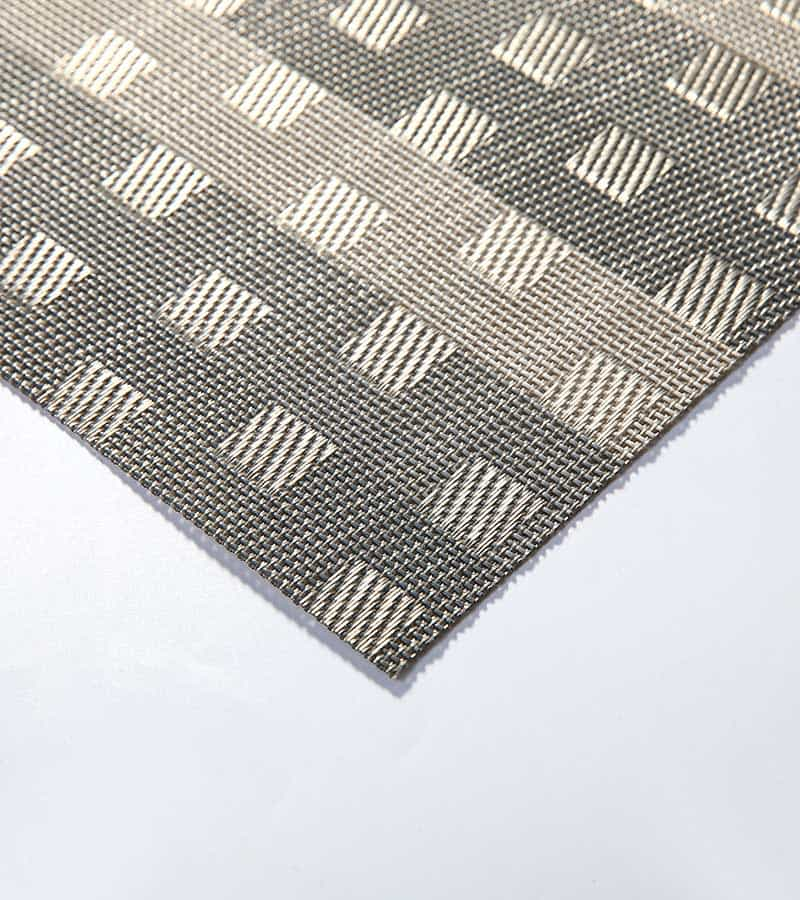Jacquard weave is a type of fabric weave that is characterized by its intricate and elaborate patterns. The term "Jacquard" refers to the type of loom used to weave the fabric, which was invented by Joseph-Marie Jacquard in the early 19th century. The Jacquard loom allowed weavers to create complex patterns with a high level of precision and detail.
Jacquard woven fabrics are made by using the Jacquard loom to weave the pattern into the fabric. The loom uses punched cards to control the weaving process, with each card representing a different pattern or color. The punched cards are strung together to form a continuous chain, which the loom reads as it weaves the fabric.
Jacquard woven fabrics are typically heavier and more durable than other types of fabrics and are often used for upholstery, draperies, bedding, and other applications where a durable, high-quality fabric is required. They are also often used for formal or decorative purposes, such as in the creation of evening gowns or other special occasion clothing.
Jacquard weave fabrics are available in a wide range of colors, patterns, and textures, and can be made from a variety of natural and synthetic fibers, including cotton, silk, wool, and polyester. The type of fiber used can affect the look, feel, and durability of the fabric, so it is important to choose the right type of fiber for the intended use of the fabric.

